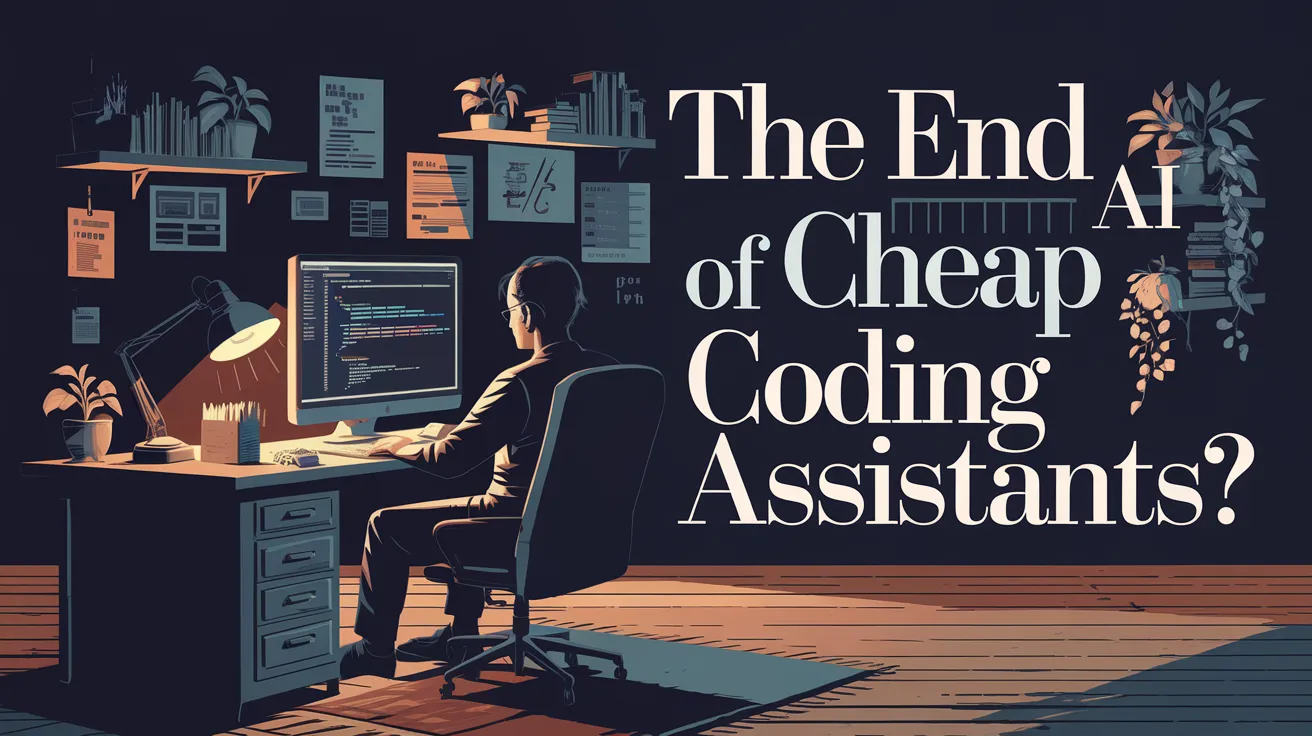The End of Cheap AI Coding Assistants?

In light of ongoing GPU shortages and rising model costs, Chief Information Officers (CIOs) may need to reconsider how they budget for AI coding assistants. The landscape of these tools is shifting; leading vendors like Cursor, ClaudeCode, and Kiro are converging towards similar price ranges due to enduring infrastructure costs, signaling an end to the era of affordable AI coding assistants.
The Rise of AI Coding Assistants
Recent surveys indicate a growing acceptance of AI coding tools, with developers increasingly incorporating them into their workflows to boost efficiency. A 2025 Developer Survey from Stack Overflow revealed that 84% of respondents are using or considering the use of AI tools in development, an increase from the previous year. This uptick continues as AI coding assistants gain traction across different sectors.
Changing Perceptions on Pricing
While employing AI coding assistants has proven advantageous in enhancing productivity, the recent price hikes coupled with increased consumption of credits by developers have caused dissatisfaction. Developers have taken to social media to voice frustration over rising costs associated with tools like ClaudeCode and Kiro, with little response from vendors to these concerns.
Industry experts explain that the pricing stability of these tools isn’t driven by anti-competitive strategies but rather reflects real-world limitations in GPU supply, high licensing fees, and substantial operational overheads. As Dion Hinchcliffe from The Futurum Group notes, “We have no alternative until someone figures out how to use cheaper models effectively.”
Budgeting for the Future
Given the current situation, CIOs should approach AI coding tools as a core productivity expense comparable to software-as-a-service (SaaS) budgets. Hinchcliffe recommends that organizations allocate more resources to these technologies in their budgets, citing the strong ROI driven by enhanced shipping speeds, reduced error rates, and increased developer productivity.
However, complexity arises in larger projects where the cumulative costs of multiple AI tools, along with the need for seasoned oversight, may rival or exceed hiring additional developers. Finding an appropriate balance between AI assistants and human talent will be key in navigating the future of software development.
Strategies for Cost Control
As the costs of AI coding tools remain high, analysts have suggested strategies for CIOs to mitigate expenses. These include implementing usage discipline by effectively selecting the right tools for specific tasks, using procurement strategies to buy in bulk, and configuring the assistants to maximize their value. For example, employing smaller models for routine tasks while reserving larger models for more complex issues can limit expenditures on AI.
In conclusion, the marketplace for AI coding assistants is undergoing significant transformation, driven by technological advancements and competitive pressures. As budgets adapt to incorporate these tools as foundational components of productivity, the path forward will hinge on how organizations successfully balance automation with human expertise in an evolving digital landscape.